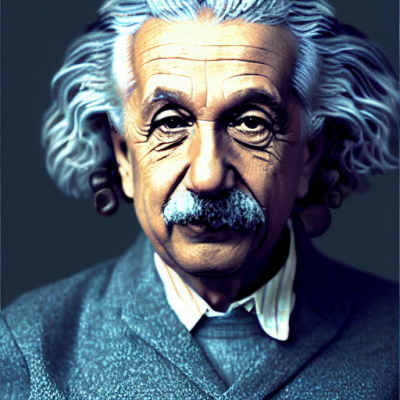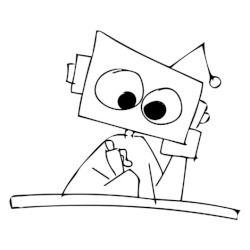Algorithms
String permutation checker
 AskAI
AskAI
This technical problem involves implementing an algorithm to check if one string is a permutation of another. An example input would be "abc" and "cba", with the expected output being " true".
First Non-Repeating Character in a String
 AskAI
AskAI
Given a string, this function returns the first character that does not repeat itself anywhere in the string. If there is no such character, the function returns a space.
Longest Consecutive Sequence
 AskAI
AskAI
Given an array of integers, this algorithm will find the length of the longest consecutive sequence. It runs in O(n) time and uses only O(1) space.
Sum of array elements
 AskAI
AskAI
This problem asks you to sum the elements of an array of integers. For example, if the array is [1, 2, 3, 4], the sum would be 10.
Find the sum of the elements in an array of integers.
 AskAI
AskAI
To find the sum of the elements in an array of integers, simply add all of the elements together. In the example given, the sum would be 1 + 2 + 3 + 4 = 10.
Summing the Elements of an Array
 AskAI
AskAI
This problem can be solved by iterating through the array and adding each element to a running sum.
Longest Increasing Subsequence in an Array
 AskAI
AskAI
Given an array of integers, this problem seeks to find the length of the longest increasing subsequence within that array. A subsequence is defined as a sequence of elements that can be derived from another sequence by deleting some or no elements, without changing the order of the remaining elements. In the given example array, the longest increasing subsequence has a length of 6.
Sum of integers in an array
 AskAI
AskAI
This problem asks you to write a function that calculates the sum of a given array of integers.
